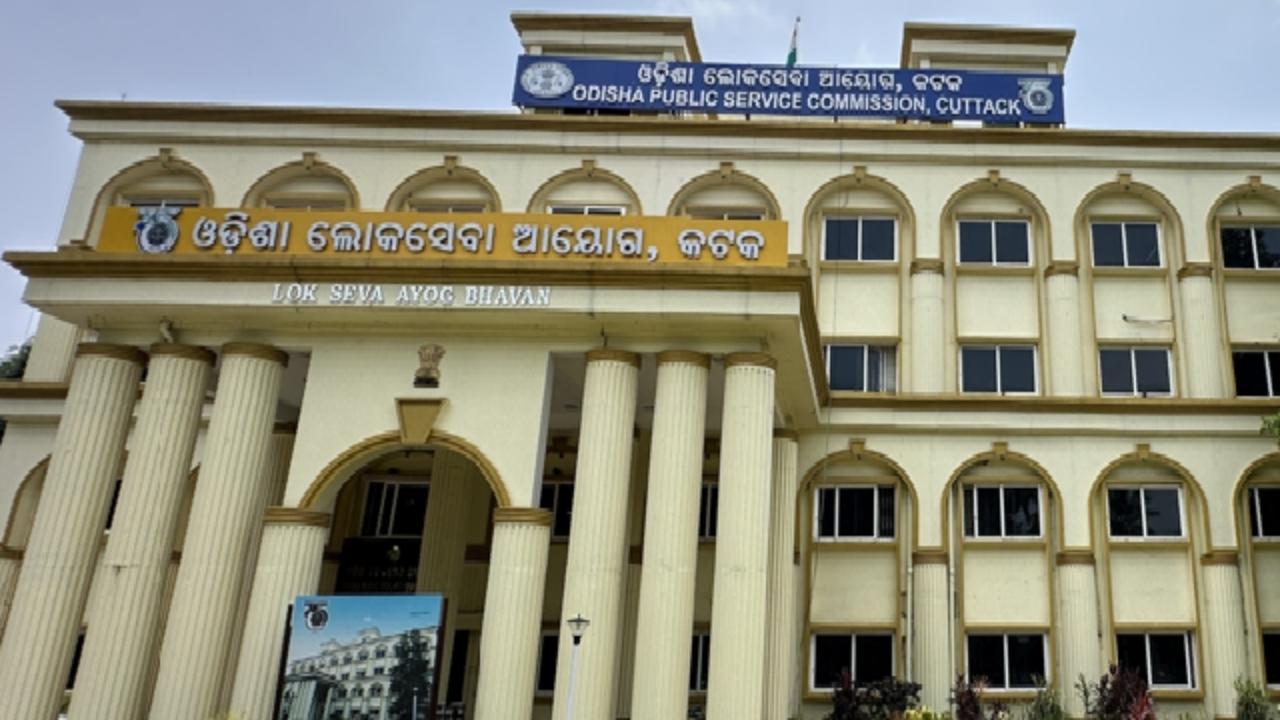The India Meteorological Department (IMD) has issued a heavy rainfall warning for 15 districts in Odisha, following the formation of a low-pressure system in the Bay of Bengal. The warning, based on the latest weather data, signals potential risks including floods, landslides, and disruptions to daily life, making it essential for residents and local authorities to take immediate precautions.

As the weather patterns continue to change, understanding the dynamics of such warnings, their potential impacts, and how to stay safe is critical. This article provides a comprehensive breakdown of the IMD’s warning, offering practical advice, essential precautions, and helpful tips for individuals and communities in the affected regions.
Odisha Braces for Heavy Rainfall
| Aspect | Details |
|---|---|
| Heavy Rainfall Affected Areas | 15 districts in Odisha under heavy rainfall alert. |
| IMD Warning | Red and Yellow warnings issued for different districts. |
| Potential Impacts | Floods, landslides, lightning, thunderstorms, and disruption. |
| Precautionary Measures | Stay indoors, avoid travel, and follow local advisories. |
| Affected Districts | Mayurbhanj, Keonjhar, Sundargarh, Sambalpur, Cuttack, and others. |
| Official Source | India Meteorological Department (IMD) |
Heavy rainfall is a serious matter, and with IMD’s warning in place for 15 districts in Odisha, it’s crucial to stay alert and take action. Whether you’re a resident or a visitor, being prepared can make all the difference in ensuring your safety. From checking weather updates to securing your home, these steps can protect you and your family.
Remember, safety is the priority. By staying informed, following precautions, and helping others in your community, you can minimize the risks posed by this weather system. Keep an eye on updates from the India Meteorological Department (IMD) and take proactive steps to stay safe during this stormy season.
Understanding the IMD’s Heavy Rainfall Warning
What’s Happening?
The India Meteorological Department (IMD) has raised alarms for several districts in Odisha due to heavy rainfall caused by a low-pressure area over the Bay of Bengal. This phenomenon is expected to lead to heavy to very heavy rains, particularly over the next 48 hours, with a significant possibility of extreme weather events like thunderstorms, lightning, and gusty winds.
The low-pressure system is not unusual for this time of year, but its intensity and impact are more substantial. Areas near coastal regions and inland districts are expected to be most affected. To make sense of what this means for residents, it’s crucial to understand how the low-pressure system works and how it affects the weather.
What Does the IMD Warning Mean?
The IMD issues various color-coded warnings (Yellow, Orange, Red) to inform the public about the severity of the weather conditions expected. Red warnings are the most severe, signaling that the conditions are dangerous, and immediate action is necessary. The warnings are updated regularly, so it’s essential to stay tuned to local news or the IMD website for the latest developments.
In addition to the heavy rains, strong winds and thunderstorms are expected in some areas, leading to hazardous conditions such as flooding, landslides, and disruptions to transport systems. Fishermen have been advised against venturing into the sea due to the expected rough waters.
The Impact of Heavy Rainfall in Odisha
Affected Districts
The 15 districts under the heavy rainfall warning include Mayurbhanj, Keonjhar, Sundargarh, Sambalpur, Bargarh, and Cuttack, to name just a few. These regions are already feeling the effects, with rain expected to intensify over the next few days. Here’s a closer look at the districts:
- Mayurbhanj: Known for its dense forests and wildlife, this district is expected to see significant rainfall, which could lead to flooding in low-lying areas.
- Sundargarh: Home to several major industrial hubs, Sundargarh is likely to face disruptions due to flooding and transportation issues.
- Cuttack: A major urban center, Cuttack is vulnerable to urban flooding and traffic congestion during heavy rains.
Potential Consequences
The consequences of heavy rainfall extend beyond just wet weather. In areas prone to flooding, like Sambalpur, waterlogging can cause disruptions to daily life, including roadblocks, power outages, and damage to crops. In hilly areas, like parts of Keonjhar, landslides are a common risk, particularly during heavy rainfall.
In the coastal regions, the wind speed might pick up to 30-40 km/h, causing further damage to infrastructure, agricultural land, and fishing activities. For people living in vulnerable areas, the need for precautionary action is more urgent than ever.
Practical Advice: How to Stay Safe
1. Stay Informed and Follow Local Alerts
- Check IMD Updates: Keep an eye on IMD’s official website (IMD) for regular updates and specific warnings for your area.
- Listen to Local News: Local radio stations and news channels will provide information on any changes to the weather and evacuation plans if necessary.
2. Prepare for Potential Flooding
- Flood-Proof Your Home: If you live in a flood-prone area, make sure your house is ready. Use sandbags to block water from entering, elevate important electrical equipment, and have a drainage system in place to prevent waterlogging.
- Create an Emergency Kit: Pack essentials such as water, non-perishable food, medications, batteries, and flashlights. Make sure your family knows where it is.
3. Avoid Unnecessary Travel
- Limit Outdoor Activities: Stay indoors during heavy rains, particularly when thunderstorms or lightning are expected. If you must go outside, avoid open fields and large trees that could attract lightning.
- Avoid Water Bodies: Don’t venture near rivers, lakes, or ponds, as they can suddenly swell up due to heavy rainfall.
4. Emergency Contact Numbers
- Make sure you have emergency services’ contact details handy. Local authorities often have disaster response teams in place to assist during extreme weather conditions.
5. For Fishermen and Coastal Areas
- Stay on Land: Fishing activities are prohibited during rough seas, as conditions could quickly turn dangerous. Boats should be secured safely to avoid damage.
FAQs
1. What is the difference between a Yellow, Orange, and Red Warning from IMD?
- Yellow Warning: Keep an eye on the weather. Be aware of the possibility of changes in weather patterns.
- Orange Warning: Be prepared. Take precautions and remain alert as adverse weather is expected.
- Red Warning: Danger! Immediate action is needed. Conditions could be severe and life-threatening.
2. How do I prepare for heavy rainfall in my area?
Ensure your property is flood-proof by elevating valuables, using sandbags, and ensuring proper drainage. Also, have an emergency kit with food, water, and first-aid supplies on hand.
3. What should I do if there is a landslide warning?
Stay clear of hilly areas and unstable slopes. If you live in such a region, have an evacuation plan ready, and make sure all family members know the safest route.
4. Can the weather change unexpectedly in Odisha?
Yes, Odisha can experience rapid weather changes, especially during the monsoon season. It’s essential to stay updated through local weather stations or the IMD for real-time alerts.





